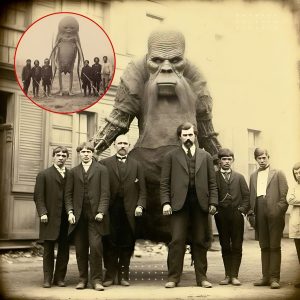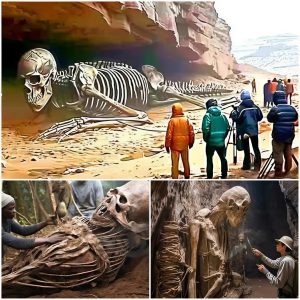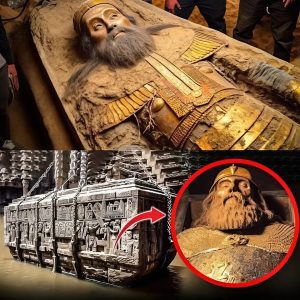In a profound archaeological discovery, a 7,000-year-old burial site in Vedbaek, Denmark, has unveiled a deeply touching story of motherhood. This ancient grave, part of the Mesolithic era, reveals the remains of a young woman and her infant child, offering a poignant glimpse into the lives and emotions of our distant ancestors.
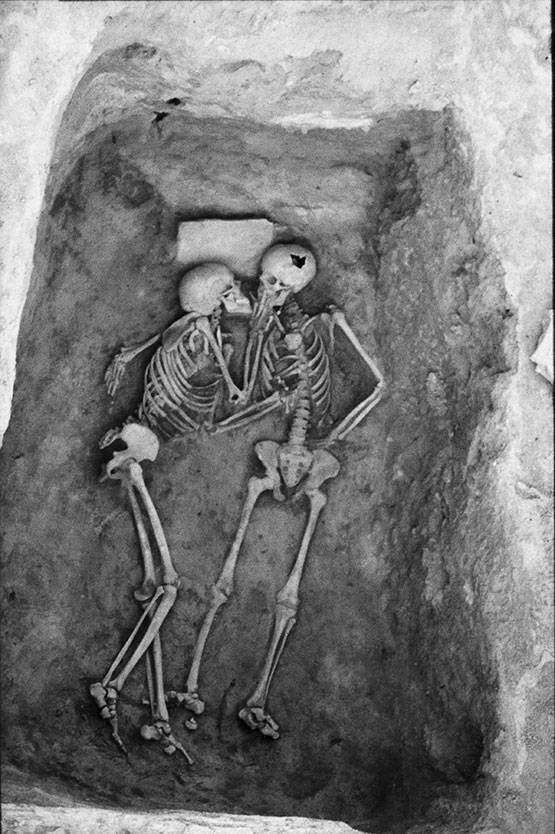
The burial site was first discovered in the early 1970s by Danish archaeologists. Among the numerous graves, one stood out due to its unique and heartrending arrangement. The skeletal remains of a woman, estimated to be around 20 years old, were found lying on her back with a flint knife placed beside her. On her chest lay the tiny remains of a newborn child, carefully positioned as if in a final embrace. This touching arrangement suggests a deep bond between mother and child, a connection that transcends millennia.
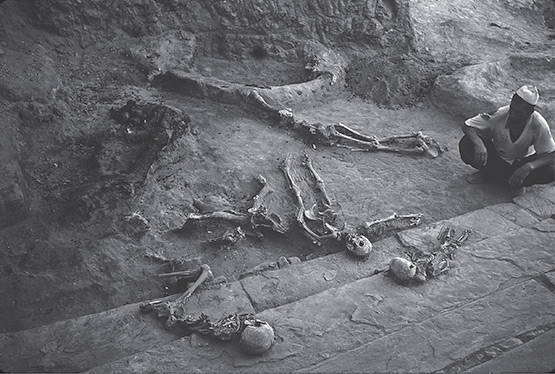
The positioning of the bodies and the grave goods indicate that this was a burial of significant emotional importance. The mother was adorned with jewelry made from animal teeth, indicating a degree of social status or personal significance. The presence of the flint knife, a valuable tool during that era, suggests she was well-respected or cherished within her community.
The discovery of this grave has sparked extensive research and discussion among archaeologists and anthropologists. It provides a rare and valuable insight into the social and emotional dynamics of Mesolithic hunter-gatherer societies. The care taken in the burial process indicates that these ancient people had complex social structures and deep emotional bonds, contrary to the often simplistic portrayals of prehistoric life.
Further analysis of the remains has revealed more about the health and lifestyle of these ancient individuals. The woman showed signs of a hard life, with evidence of physical stress likely related to her daily activities. The cause of death for both the mother and child remains unclear, but it is hypothesized that complications during childbirth may have played a role.
This tragic yet profoundly human story resonates with modern readers, highlighting the universal and timeless nature of parental love and loss. The Vedbaek burial reminds us that despite the vast differences in time and culture, the fundamental human experiences of love, family, and grief remain constant.
The Vedbaek burial site continues to be a focal point for archaeological study, shedding light on the Mesolithic era and enriching our understanding of early human societies. This remarkable find not only offers a window into the past but also underscores the enduring nature of human emotions and the deep connections that bind us across the ages.
